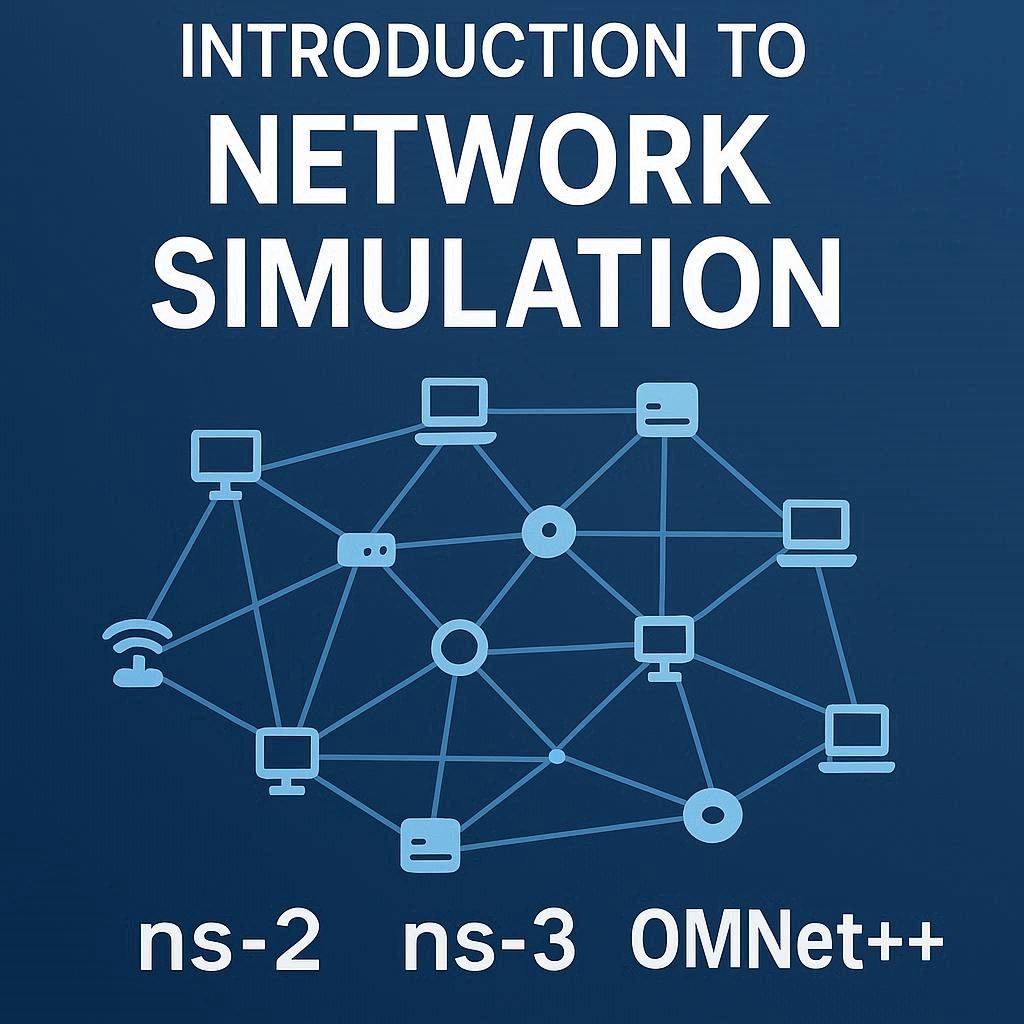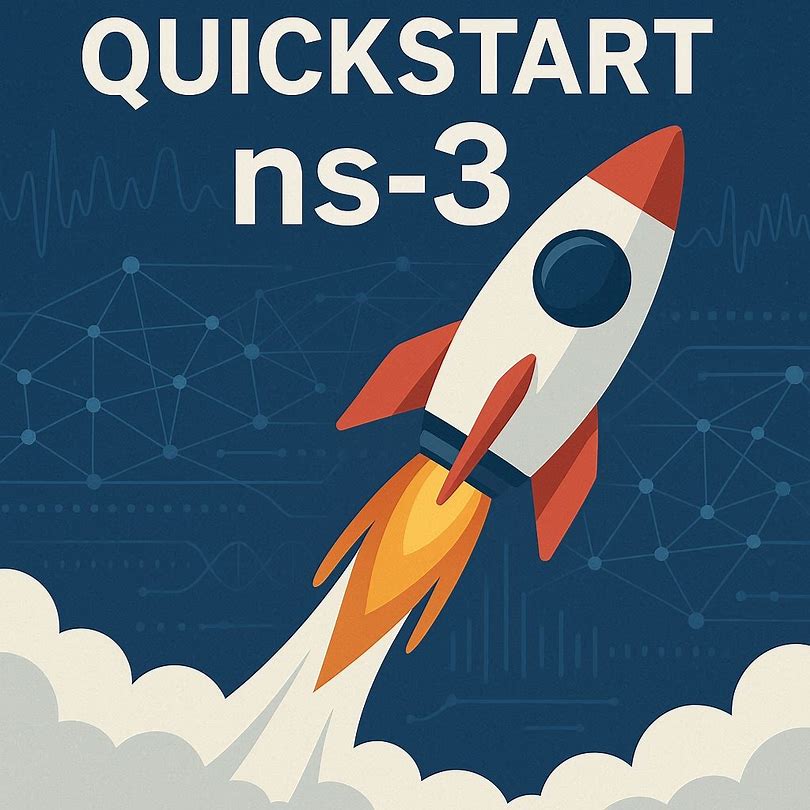
This course offers a comprehensive introduction to the principles and practices of computer network simulation. We will explore the fundamental concepts behind network modeling, including discrete-event simulation, and examine the core features of popular simulation platforms like ns-2, ns-3, and OMNeT++.
While the course will provide an overview of several simulators, all practical demonstrations and hands-on exercises will be conducted using ns-2 and ns-3. You will gain practical experience in building, running, and analyzing network models for various scenarios, including wired and wireless networks. The focus will be on learning how to generate traffic, collect performance data, and interpret key metrics such as throughput, delay, and jitter.
By the end of this course, you will be able to design and execute simulation experiments, analyze the results, and apply these skills to evaluate network protocols and solve real-world networking problems. This course is ideal for students, researchers, and network professionals who want to develop practical skills in network simulation.

Welcome to the "ns-3 Quickstart", a short course on the fundamentals of the ns-3 network simulator. This course is designed for beginners who want to quickly grasp the core concepts of ns-3 and create their first simulations.
You'll learn how to:
-
Understand the basic architecture of ns-3.
-
Build simple network topologies with nodes and links.
-
Configure network protocols like TCP and UDP.
-
Create and schedule traffic applications.
-
Collect and analyze simulation data.
By the end of this course, you will have the practical skills to write, run, and analyze your own basic ns-3 simulation scripts.
- Teacher: Charles Pandian

This course will guide you on how to effectively use artificial intelligence and large language models (LLMs) to learn about and create network simulations with ns-3. We'll explore how to leverage these powerful tools to accelerate your understanding, debug code, and build complex network scenarios more efficiently.
- Teacher: Charles Pandian

This course will guide you on how to effectively use artificial intelligence and large language models (LLMs) to learn about and create network simulations with ns-3. We'll explore how to leverage these powerful tools to accelerate your understanding, debug code, and build complex network scenarios more efficiently.
- Teacher: Charles Pandian